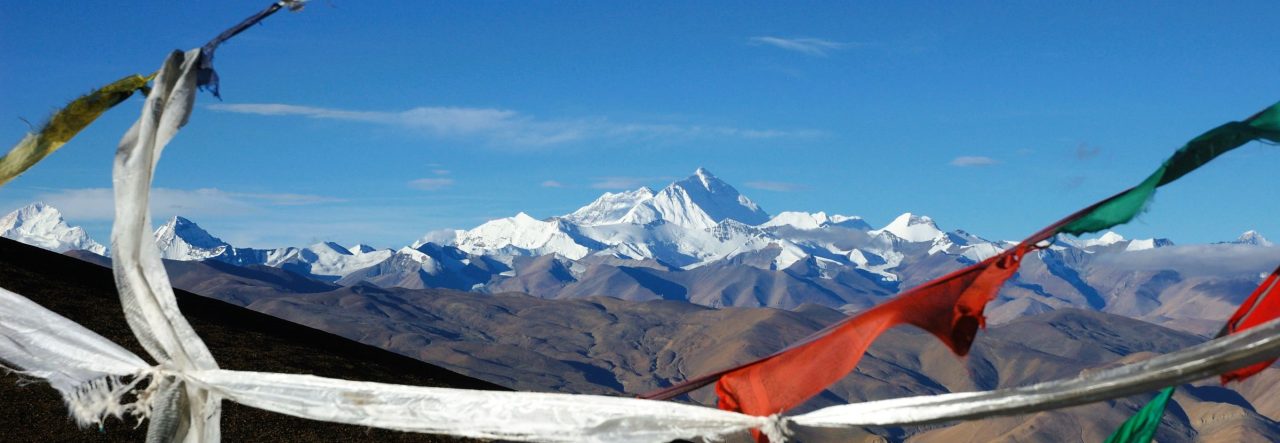
A hand reaches out to touch a carving marking one of the Stations of the Cross. My hand feels a branch of the olive tree Pope Paul VI planted in the Garden of Gethsemane. In Jerusalem, unlike Kolkata or Varanasi or Delhi, other people and I are constantly touching.
In so doing, we break the usual rules. In a museum, we constantly see the sign “Do Not Touch.” As we pass Jerusalem’s electric panel box, we are warned: “Do Not Touch. Death Likely.” The usual message is clear: keep your hands off!

In Jerusalem, though, everybody touches. On Wednesday of Holy Week, as we visited the Church of the Holy Sepulchre’s Greek Orthodox altar on the site of the crucifixion, we reached under the altar to touch the rock of Golgotha. On Good Friday during the Roman Catholic Veneration of the Cross, we all touched a cross either with our hand or with a kiss. On Easter Sunday, Christians knelt and touched the stone upon which, according to tradition, Jesus’ corpse was first laid. On that same Easter Sunday, I watched as a Roman Catholic sister crawled on her knees from the Church of the Holy Sepulchre’s entrance to that same stone. On Easter Sunday, I couldn’t resist touching the cloth that covered the Edicule, the traditional tomb of Jesus.
We aren’t the first to touch in the Church of the Holy Sepulchre. Sometimes during the medieval period, a priest at the Church of the Holy Sepulchre firmly held onto a purported piece of the true cross because he was afraid that an enthusiastic believer would bite off a piece to take home.
Others besides Christians touch in Jerusalem. At the Western Wall, Jews in their prayer often touch the Western Wall, the foundation stones of the Second Temple, to sense the presence of the Shekinah, the Spirit of the Lord.
Touching is also accepted in other Jerusalem contexts. Amongst complete strangers at one service, I passed the peace to a Vietnamese priest and sister, and then a couple from Ghana. Amongst Tantur friends at St. Anne’s, the first station on the Via Dolorosa, others and I passed the peace in gratitude and gladness. With sadness, I even had to touch the stone walls of Yad Vashem’s Hall of Remembrance, Israel’s reminder of the Holocaust.

There is some touching that I have not sought out. I have not been touched by oil that purportedly heals. Such touching has occurred here as it has in other “holy sites.” I did not want to be touched by the waters of the Jordan as an act of rebaptism, although I saw several doing so. Some touching I’ve missed. I would have loved to touch the candles lit on Saturday’s Holy Fire Ceremony when the Greek Patriarch’s flame symbolizing the Resurrection spread throughout Jerusalem.
Of course, touching is inappropriate in some contexts. Although pushing is somewhat acceptable in the narrow streets of the Old City, I and others were upset when adults shoved their way through the crowd almost knocking people over. That type of touching, touching that hurts, was not acceptable. Taking the bus from the Bethlehem checkpoint to Jerusalem, I knew that I should not sit next to a woman even if that is the only seat available. That form of possible touching as a violation of Palestinian customs was also not acceptable.
Touching is a basic, primitive form of reacting to our environment. It is a making real through that tactile sense that there is something there, something that isn’t me, something else that exists. There are limits to touching; there are other ways in which something different from us becomes real. However, touching is one way in which our immediate surroundings open to us.
Touching stones is not limited to Jerusalem. I can imagine that my Atlanta friends and family are not surprised with this writing about touching stones. They know that I spent six months hauling stones and building stone walls on our property. They probably are saying: “Of course, he’ll be touching those stones. We only hope that he doesn’t try to bring any back to Atlanta.” My response is: “No fear. The only stones I’m bringing back are those that are very small and those ‘living stones’ that are only in my memory.”
